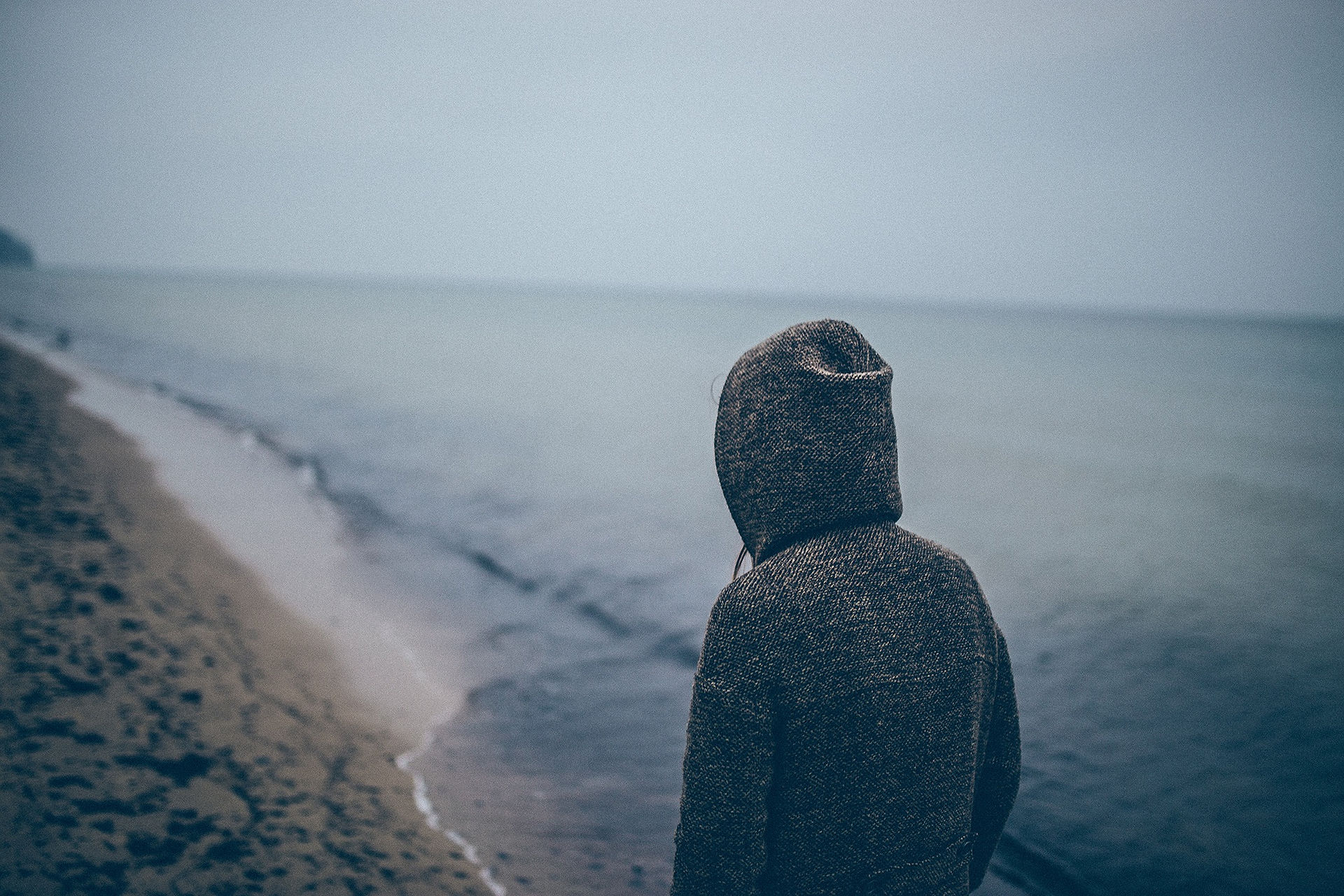
The History and meaning of Cinematogoraphy
Cinematogoraphy, comes from the Greek words κίνημα, kinema meaning 'movements', and γράφειν, meaing 'to record'.
Cinematogoraphy is known as the science or art of motion picture photogoraphy by recording light or other electromagnetic radiation. This is done electronically by means of an image sensor, or chemically by means of a light-sensitive material such as film stock.
Cinematogoraphy isn't just about how we capture action within a scene, but how show that action is shown to an audience, which means Cinematogoraphy is all about communicating with the viewer. Having knowledge that 'cinema' is a language, we are able to tell that it, lie many other languages, are built on many different principles. For example where we habe verbs, nouns etc, cinema has it's 1800 degree, continuity editing,shot/reversve shot etc. The key of understanding is that rules are at the heart of how we speak to one another, and our understanding of cinematogoraphy works the exact same way. So if cinematogoraphy is just like language, it must also contain building blocks to reach it's full potential, right?
So like language you must learn how to speak, so how do we learn how to speak? We start with the basics.....

So if you wanted to film a scene howing rhat someone was really scared. The First Tool, within cinematic language, that you would use would be 'The High Angle'. Here we have the subject looking down at the victim, showing the person in a place of being threatened.

However, if youwanted to perue the 'Oppostie Tact' say you no longer wanted to be with the subject looking down at the victim ,and instead wanted to emphasise with their feelings, we would switch to a low angle, with the victim looking up at the subject. Therefore our perspective would be her perspective. Placing us into the same position the victim is in, with the subject towering over us with violence, making us feel the same weay they do
Overall Within Film we can use any number of techniques to help us go beyond the layers of surface and peer in on the people that lay under them. To unveil the world around us, these tactics reveal the heart of cinematogoraphy. Where you put the camera doesn't just allow you to tell the story, it tells you what to think and feel about the story you are watching